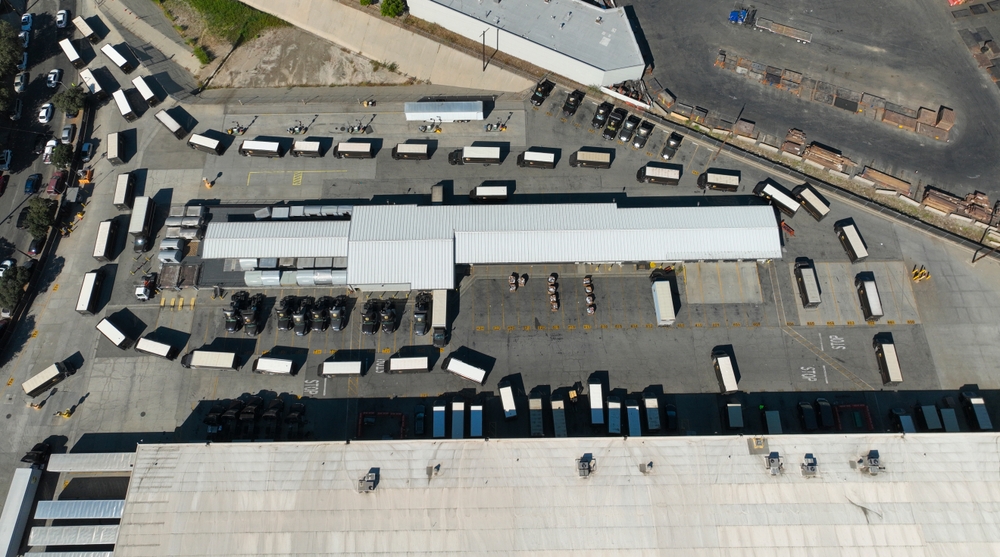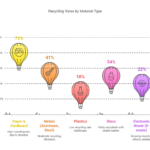When CDL drivers decide to strike, the ripple effect can touch every corner of the economy, from the delayed delivery of goods to the sudden spike in transportation costs. Handling a CDL drivers strike is not just about waiting it out but engaging in proactive measures to mitigate impact, ensure continuity, and ultimately, reach a resolution that benefits all parties involved. Here’s a comprehensive look at how businesses, governments, and society can navigate the turbulent waters of a CDL drivers strike.
Understanding the Core Issues
Before any meaningful negotiation can happen, it’s crucial to delve deep into the core issues fueling the strike. This involves more than just skimming the surface of wage disputes or working hours; it means engaging with the drivers, listening to their concerns, and understanding the nuances of their demands. Whether it’s safety regulations, health benefits, or job security, each issue requires careful consideration and a willingness to find common ground.
Opening Channels of Communication
Silence or avoidance is the fuel to the fire in any labor dispute. Opening and maintaining clear, transparent, and respectful channels of communication between drivers, unions, and employers is essential. This doesn’t mean sporadic updates or unilateral press releases but regular, two-way conversations that allow for the exchange of ideas, concerns, and potential solutions.
Navigating the Negotiation Table
Negotiation is an art, especially when the stakes involve the livelihoods of CDL drivers and the operational continuity of businesses. A successful negotiation hinges on empathy, flexibility, and the willingness to make compromises. Employers and unions must come to the table prepared to make concessions but also clear on their non-negotiables. The goal should be a fair resolution that addresses the drivers’ concerns while ensuring the sustainability of business operations.
Leveraging Mediation and Arbitration
Sometimes, despite the best efforts of all parties, negotiations reach a stalemate. In such cases, bringing in a neutral third party, such as a mediator or arbitrator, can help bridge the gap. These professionals can offer fresh perspectives, facilitate dialogue, and propose equitable solutions that might not have been considered. While the idea of involving an outsider might be met with resistance initially, their objective stance can be invaluable in breaking deadlocks.
Preparing for the Future
Once a strike is resolved, it’s tempting to breathe a sigh of relief and move on. However, the end of a strike should be viewed as the beginning of a new chapter in employer-employee relations. This involves not just adhering to the terms of the new agreement but actively working to improve working conditions, communication, and dispute resolution mechanisms. Regular check-ins, satisfaction surveys, and open forums can help preempt future conflicts and build a more positive and productive working environment.
Supporting Affected Stakeholders
A CDL drivers strike doesn’t just impact the drivers and their employers; it affects the entire supply chain, including consumers. Businesses should have contingency plans in place to minimize disruption, such as identifying alternative transportation routes or methods. At the same time, transparent communication with customers about potential delays or increased costs can help manage expectations and maintain trust.
Government and Regulatory Role
Governments and regulatory bodies play a crucial role in preventing and resolving CDL drivers strikes. This can range from offering negotiation spaces to enacting policies that improve industry standards and protect worker rights. Legislative action might also be necessary to address systemic issues highlighted by the strike, ensuring long-term solutions rather than temporary fixes.
Public Support and Awareness
Public opinion can significantly influence the outcome of a strike. Raising awareness about the issues at hand, the importance of CDL drivers to the economy, and the implications of the strike can garner public support. This, in turn, can add pressure on all parties to find a resolution swiftly. Employing social media campaigns, public demonstrations, and community outreach are effective ways to engage the public and highlight the drivers’ plight.
In conclusion, navigating a CDL drivers strike requires a multifaceted approach that addresses immediate concerns, seeks equitable solutions, and lays the groundwork for a more harmonious future. It’s a journey that demands patience, empathy, and a genuine commitment to change from all stakeholders. By understanding the core issues, opening communication channels, engaging in fair negotiations, and preparing for the future, it’s possible to steer through the storm of a strike and emerge stronger on the other side.









